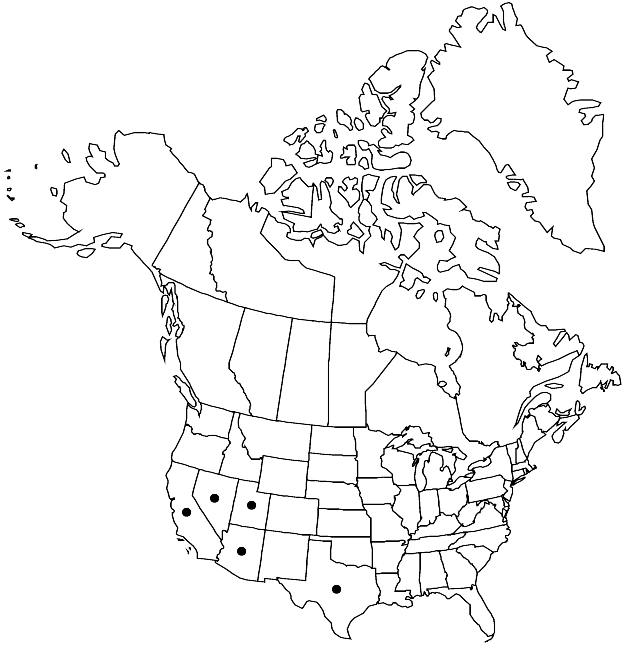Difference between revisions of "Brassica tournefortii"
Ill. Observ. Bot., 44, plate 20A. 1773.
FNA>Volume Importer |
FNA>Volume Importer |
||
| Line 33: | Line 33: | ||
-->{{#Taxon: | -->{{#Taxon: | ||
name=Brassica tournefortii | name=Brassica tournefortii | ||
| − | |||
|authority=Gouan | |authority=Gouan | ||
|rank=species | |rank=species | ||
| Line 49: | Line 48: | ||
|publication year=1773 | |publication year=1773 | ||
|special status= | |special status= | ||
| − | |source xml=https://jpend@bitbucket.org/aafc-mbb/fna-data-curation.git/src/ | + | |source xml=https://jpend@bitbucket.org/aafc-mbb/fna-data-curation.git/src/f50eec43f223ca0e34566be0b046453a0960e173/coarse_grained_fna_xml/V7/V7_626.xml |
|tribe=Brassicaceae tribe Brassiceae | |tribe=Brassicaceae tribe Brassiceae | ||
|genus=Brassica | |genus=Brassica | ||
Revision as of 22:18, 16 December 2019
Annuals; densely hirsute proximally, glabrescent distally. Stems usually branched basally, (widely) branched distally, (1–)3–7(–10) dm. Basal leaves: (rosettes persistent); petiole (broad) 2–10 cm; blade lyrate to pinnatisect, 2–30 cm × 10–50(–100) mm, (margins serrate-dentate), 4–10 lobes each side. Cauline leaves sessile; blade (reduced in size distally, distalmost bractlike), base tapered, not auriculate or amplexicaul. Racemes not paniculately branched. Fruiting pedicels widely spreading, 8–15 mm. Flowers: sepals 5–4.5 × 1–1.5 mm; petals pale yellow, fading or, sometimes, white, oblanceolate, 4–7 × 1.5–2(–2.5) mm, claw 1–3 mm, apex rounded; filaments 2.5–4 mm; anthers 1–1.3 mm; gynophore to 1 mm. Fruits (shortly stipitate); widely spreading to ascending (not appressed to rachis), torulose, cylindric, 3–7 cm × 2–4(–5) mm; valvular segment with 6–12(–15) seeds per locule, 2.2–5 cm, terminal segment 1(–3)-seeded, (cylindric, stout), 10–20 mm. Seeds light reddish brown or black, 1–1.2 mm diam.; seed coat prominently reticulate, mucilaginous when wetted. 2n = 20.
Phenology: Flowering Feb–Apr.
Habitat: Roadsides, waste places, old fields, washes, open desert areas intermixed with desert shrubs
Elevation: 0-800 m
Distribution

Ariz., Calif., Nev., Tex., Utah, Europe, Asia, Africa, introduced also in nw Mexico, Australia.
Discussion
Brassica tournefortii was first reported from California (Imperial, Riverside, and western San Bernardino counties) by W. L. Jepson ([1923–1925]), with the first collections appearing from southern California in 1941 (R. C. Rollins and I. A. Al-Shehbaz 1986), Arizona in 1959 (T. H. Kearney and R. H. Peebles 1960), Nevada in 1977, and Texas in 1978 (D. E. Lemke and R. D. Worthington 1991).
Selected References
None.
